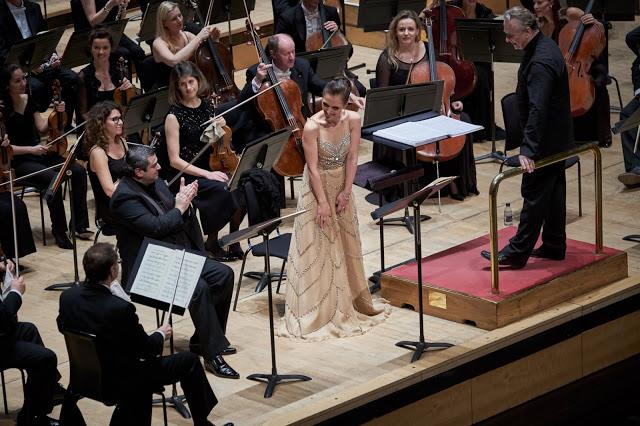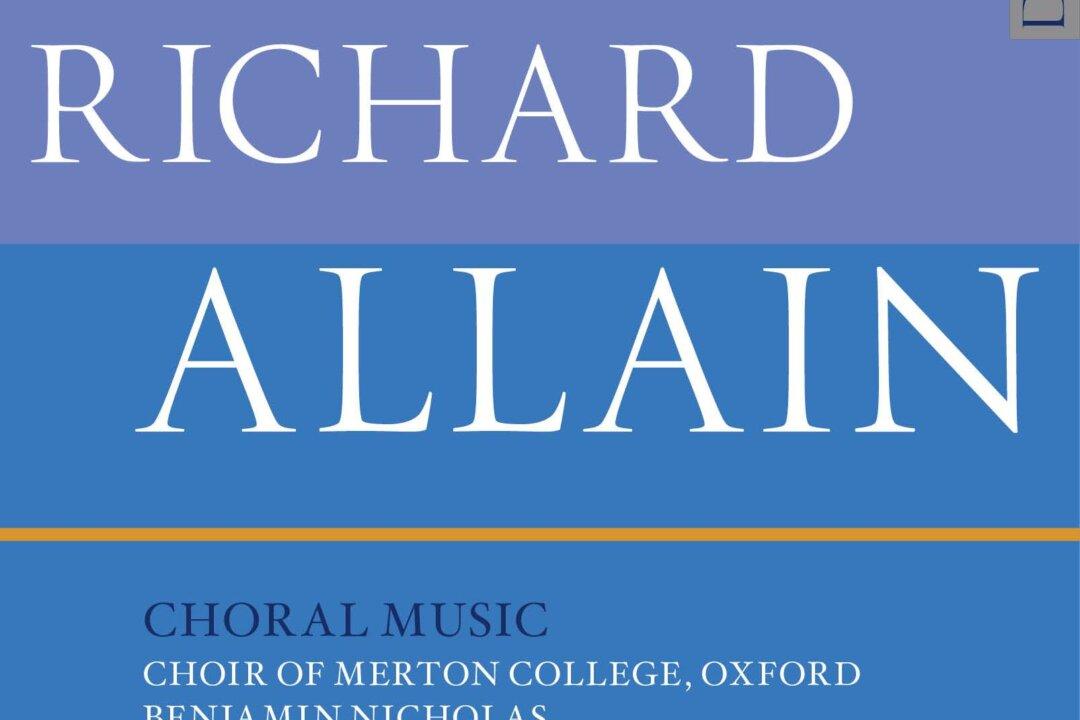Puccini’s first opera, if it is known at all, is known best as the two-act “Le Villi.” But, in fact, the original version of the opera was a shorter, one-act piece. Opera Rara restores this valuable rarity to the repertoire as recorded by Sir Mark Elder and the London Philharmonic Orchestra.
The one-act, called “Le Willis,” had been written for Edoardo Sonzogno’s 1883 competition, the one that Mascagni would win with “Cavalleria Rusticana” in 1889. Puccini was encouraged to enter the competition by his teacher, Amilcare Ponchielli, who put him in contact with the librettist Ferdinando Fontana.





